Due Out Friday
“Hiddleston displays his inner Errol Flynn”
Skull Island was “a no-brainer” says Samuel K. Jackson:
“I was trying to grow up and be Errol Flynn at one point. I wanted to jump from ship to ship, with a sword in my teeth.”
— Tim
Well, maybe not so easy …
Thanks to top Flynnside source(s).
How do the below images relate to Errol? What, where, why, and with whom????
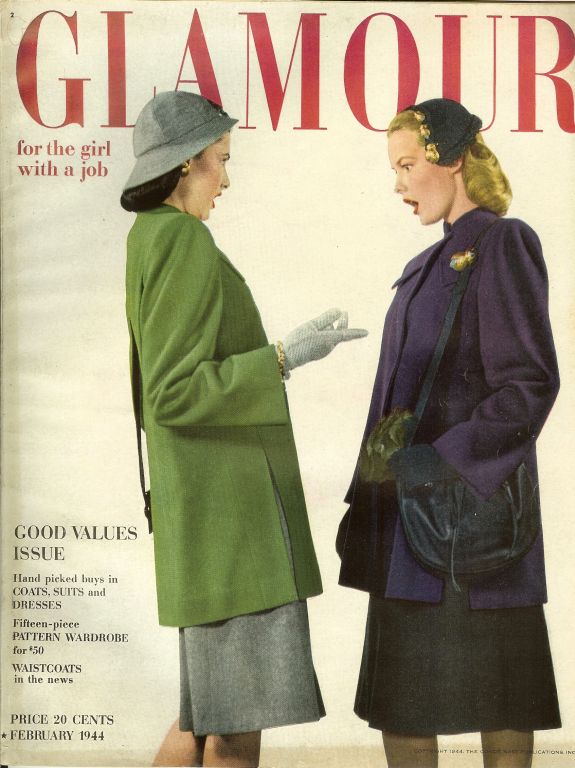

— Tim
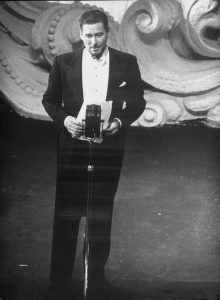
Dear fellow Flynn fans,
2017 marks the sixtieth anniversary of “The sun also rises”, the Darryl F. Zanuck movie version of Ernest Hemingway`s breakthrough novel “Fiesta”.
Errol, who received fourth billing, gave a fine performance as a world dreary old chap much like the Flynn of later years. This earned him a nomination as best supporting actor at the Academy Awards one year later. Here is what he had to say in an interview with EF biographer Tony Thomas in early 1958.
“Errol, the last picture in which we saw you, “The Sun Also Rises”, and even the critics who had not liked you before said that you were wonderful.”
“Well, if the critics said that, you know, it’s a kind word in a hard cruel world.”
“The news has just come through from Hollywood that you have been nominated for an Academy Award.”
“Yes, isn’t that something? I never thought it would happen to me.”
When however his nomination was mysteriously withdrawn with no official explanation given, it was anyone`s guess who had put a banana skin under the Ol` Swashbuckler`s shoe on that slippery slope towards Oscar called Red Carpet.
The five actors who were nominated were (the winner) Red Buttons in Sayonara, Sessue Hayakawa in Bridge on the River Kwai, Vittorio de Sica in A Farewell to Arms, Arthur Kennedy in Peyton Place and Russ Tamblyn in Peyton Place. The last one can be considered as the most likely substitute for our Hollywood hero.
While daughter Rory Flynn attributed the snub job to her father’s involvement with Fidel Castro during the Cuban Revolution (www.cinemaretro.com…), the book “Inside Oscar” blames the blunder on Twentieth Century Fox for the studio had listed him in their Oscar Campaign ads as Lead Actor, thus thwarting Errol’s effort to get one of those golden boys. The same mishap happened to Roddy McDowell for his role in the sand and sandal film “Cleopatra”.
Maybe it was then and there when Errol coined the phrase: “Hollywood has the utmost respect for the dead, but none for the living.” For once it was “Out and not in like Flynn”.
Enjoy,
— shangheinz
To answer your question, GT, Michael Korda, who was Graham Greene’s friend and editor says that Greene and Errol did meet in Havana, for drinks at the Hotel Inglaterra.
They would have had much to discuss aside from politics. Greene knew a great deal about Hollywood films. Moreover, both their careers were nearly destroyed by infamous encounters with underaged girls.
In Greene’s case, however, his actions were quite calm and premediated and he was fully aware that the girl in question was nine years old.
From 1935 to 1940, Greene worked as the film critic for The Spectator magazine, one of the publications for which I write. In total, he reviewed 400 films, including two of Errol’s, (the notices of which I am trying to find in the archives.)
In 1937, in the supplement, Night And Day, Greene chose to review ‘Wee Willie Winkie’, the new Shirley Temple vehicle. I reproduce the article below. Please bear in mind that Greene was a humourist with a penchant for irony.
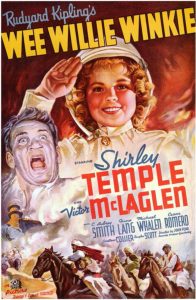
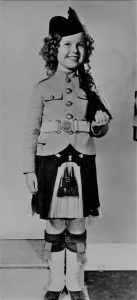
Night And Day, October 28th, 1937
‘Wee Willie Winkie’ (20th Century Fox)
by Graham Greene
‘The owners of a child star are like leaseholders – their property diminishes in value every year. Time’s chariot is at their backs: before them acres of anonymity. What is Jackie Coogan now but a matrimonial squabble? Miss Shirley Temple’s case, though, has peculiar interest. Infancy with her is a disguise. Her appeal is more secret and more adult. Already, two years ago, Miss Temple was a fancy little piece. In ‘Captain January’, she wore trousers with the mature suggestiveness of a Dietrich.
Now, in ‘Wee Willie Winkie’, wearing short kilts, she is a complete totsy. Watch her swaggering stride across the Indian barrack-square; hear the gasp of excited expectation from her antique audience when the sergeant’s palm is raised; watch the way she measures a man with agile, studio eyes, with dimpled depravity.
It is clever, but it cannot last. Her admirers – middle aged men and clergymen – respond to her dubious coquetry, her well-shaped and desirable little body, packed with vitality, only because the safety curtain of story and dialogue drops between their intelligence and their desire. ”Why are you making my Mummy cry?” – what could be purer than that? And the scene when dressed in a white nightdress she begs grandpa to take Mummy to a dance – what could be more virginal? On those lines in her new picture, made by John Ford, is horrifyingly competent. ‘
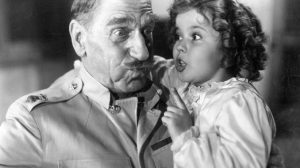
In those days, film critics did not write articles accusing studios and child stars of catering to paedophilia. The bien pensants failed to see the funny side and created an uproar. Fox sued, and, as a result, night descended on Night And Day and, for a few months, Greene’s career as a critic.
Greene was not a very nice man – well, let’s be fair, he was a bit of a shit at times, but after ‘Wee Willie Winkie’, one can forgive him everything. Besides, in all seriousity, he may have had a point. (Just being ironic again, of course. Gosh, Americans, though I love you all, can be so damn literal.)
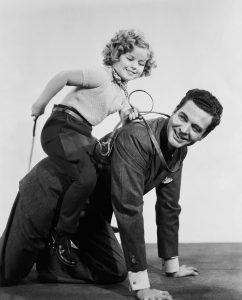
— PW